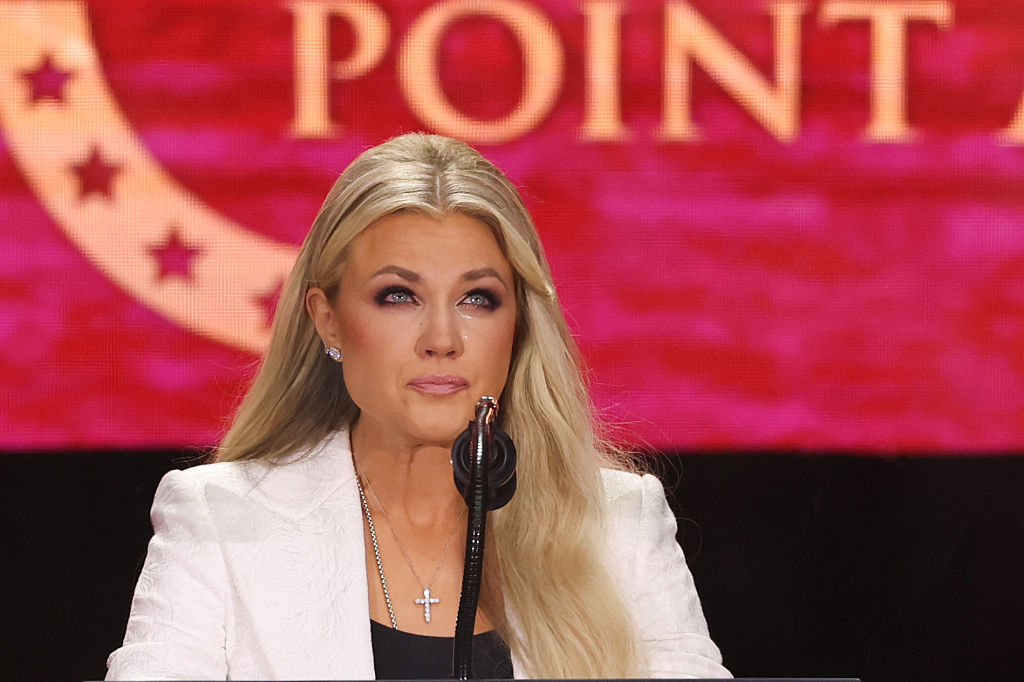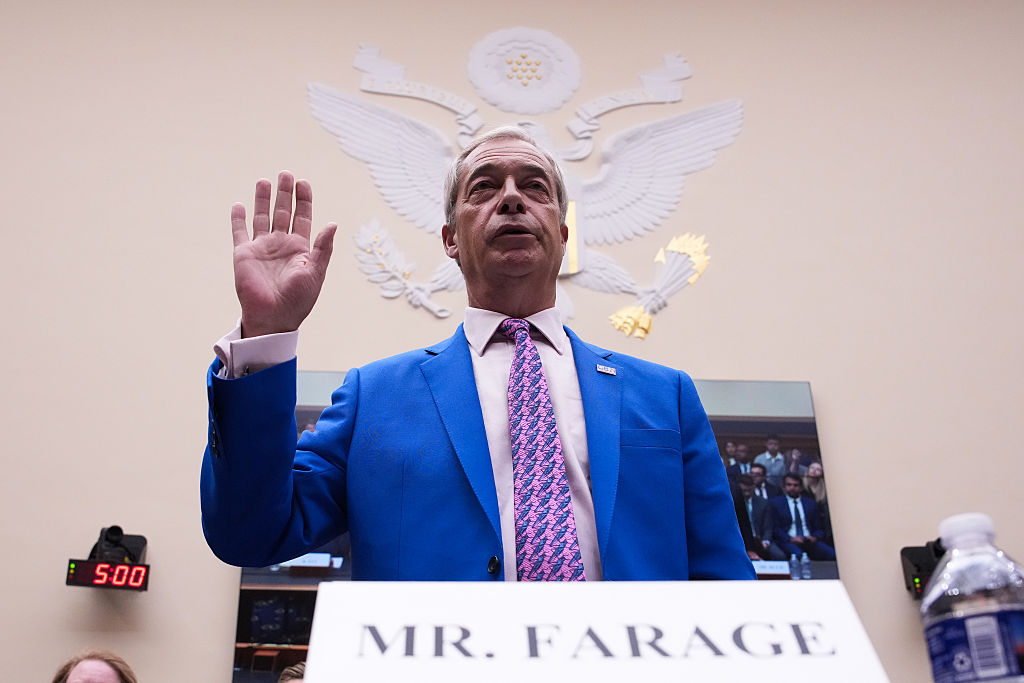Here’s a simple question: how much American taxpayer money is being spent to silence, censor, and blacklist opinions?
Legacy media reporting on the House Oversight Committee’s initial look into the actions of Twitter during the 2020 elections focused mostly on questions surrounding Hunter Biden’s laptop. The committee’s investigative reports, however, ought to hone in on the most disturbing aspect of this story: social media giants were routinely directed and coerced into censoring and silencing American citizens by entities funded by those same taxpayers.
A series of recent reports — the Twitter Files reporting of Michael Shellenberger and Matt Taibbi, and the work of Washington Examiner investigative journalist Gabe Kaminsky — provide a stunning picture of a three-pronged effort to censor American citizens and blacklist American publications. They used vague, unscientific methods, endorsed by former government officials and major media figures, all charging the taxpayers for the privilege of being silenced.
The first prong was via the intel community itself. FBI agents, as documented by Taibbi and Shellenberger, took an active role in pressuring Twitter to crack down on any accounts they found objectionable, often flagging as Russian-influenced accounts that turned out to have no such connection. This ramped up significantly as the election approached, and one can only imagine thepressure the FBI placed on Twitter. The intel community’s work both before and after the release of the New York Post’s Hunter Biden story, and the true depth of how much they were able to gaslight Twitter into doing, is still not fully known — it will be the committee’s job to find out.
The second prong focused on creating widespread panic about the malign influence of Russia-directed bots and foreign influence campaigns on these sites. This justification was laundered through an American think tank, the German Marshall Fund or GMF, and its attached Alliance for Securing Democracy. Advised by veteran swamp creatures like John Podesta and Bill Kristol, the GMF is funded by donors but also by American taxpayers, primarily via USAID. It was there that anti-free speech advocates stood up their greatest vaporware of the 2020 cycle, the Hamilton 68 project. The project had a vaunted dashboard that tracked foreign influence, the methods and process of which supposedly couldn’t be shared — as mysterious as the aurora borealis in Principal Skinner’s kitchen — yet was cited over and over again by dutiful media as examples of the breadth of Russian influence campaigns.
As Matt Taibbi writes:
If one goes by volume alone, this oft-cited neoliberal think-tank that spawned hundreds of fraudulent headlines and TV news segments may go down as the single greatest case of media fabulism in American history. Virtually every major news organization in America is implicated, including NBC, CBS, ABC, PBS, CNN, MSNBC, the New York Times and the Washington Post. Mother Jones alone did at least fourteen stories pegged to the group’s “research.” Even fact-checking sites like Politifact and Snopes cited Hamilton 68 as a source…
The two founders of Hamilton 68, the blue-and-red team of former counselor to Marco Rubio Jamie Fly and Hillary for America foreign policy advisor Laura Rosenberger, told Politico they couldn’t reveal the names of the accounts because “the Russians will simply shut them down.” Tchya, right. One look at the list reveals the real reason they couldn’t make it public.
This was not faulty science. It was a scam. Instead of tracking how “Russia” influenced American attitudes, Hamilton 68 simply collected a handful of mostly real, mostly American accounts, and described their organic conversations as Russian scheming. As [Twitter executive Yoel] Roth put it, “Virtually any conclusion drawn from [the dashboard] will take conversations in conservative circles on Twitter and accuse them of being Russian.”
SUPERCUT!
Observe disinformation in action #Hamilton68 pic.twitter.com/Qvq1zKcoed
— Tom Elliott (@tomselliott) February 10, 2023
Where the first two prongs of this silencing effort targeted the accounts of individual citizens for censorship or bans, the third prong targeted American publications in their entirety, seeking to blacklist them and tar them as compromised sources. Gabe Kaminsky’s reporting this week tells the story of the Global Disinformation Index, a British-based group headed by Clare Melford, a former senior vice president for MTV Networks. The GDI relies on taxpayer funds to blacklist American publications with advertisers.
As Kaminsky writes:
The Global Disinformation Index, a British organization with two affiliated US nonprofit groups, is feeding blacklists to ad companies with the intent of defunding and shutting down websites peddling alleged “disinformation,” the Washington Examiner reported. This same “disinformation” group has received $330,000 from two State Department-backed entities linked to the highest levels of government, raising concerns from First Amendment lawyers and members of Congress…
GDI compiles a “dynamic exclusion list” that it feeds to corporate entities, such as the Microsoft-owned advertising company Xandr, emails show. Xandr and other companies are, in turn, declining to place ads on websites that GDI flags as peddling disinformation.
The Washington Examiner revealed on Thursday that it is on this exclusion list. The list includes at least 2,000 websites and has “had a significant impact on the advertising revenue that has gone to those sites,” said GDI’s CEO Clare Melford on a March 2022 podcast.
GDI has identified that the ten “riskiest” news outlets for disinformation are the American Spectator, Newsmax, the Federalist, the American Conservative, One America News, the Blaze, the Daily Wire, RealClearPolitics, Reason and the New York Post.
A significant portion of GDI’s funding is routed through the State Department-backed group the National Endowment for Democracy (NED), which receives nearly all of its funding from taxpayers. (It’s worth noting that Atlantic columnist Anne Applebaum is a member of both GDI’s advisory panel and the advisory board of the NED.)
It’s clear GDI uses this funding not just to track “disinformation” but simply to flag things their staff disagree with. Kaminsky cites an October 2022 memo which flagged a Washington Examiner commentary article titled “The left’s gender-bending obsession is tiresome and absurd” as disinformation, and criticized Amazon for hosting ads on the Examiner.
Based on what we know so far, these campaigns to target Americans on social media involve the law enforcement and intelligence communities, foreign and domestic think tanks and nonprofits, and a complicit media. This is an incredibly disturbing example of the US government, whether through threat of consequence or force of funding, driving corporations to take steps they are barred from taking themselves.
Americans deserve to know the truth about this story, and the extent to which our government has exercised its power against the very people whose rights it promises to secure. It would be foolish to think the taxpayer-funded censors have stopped. Believe it when you see it.

























